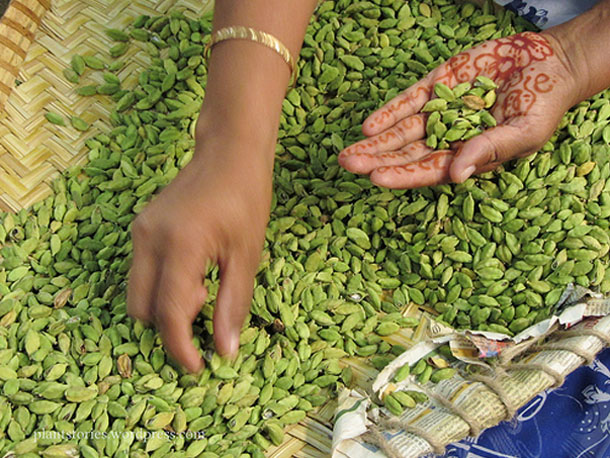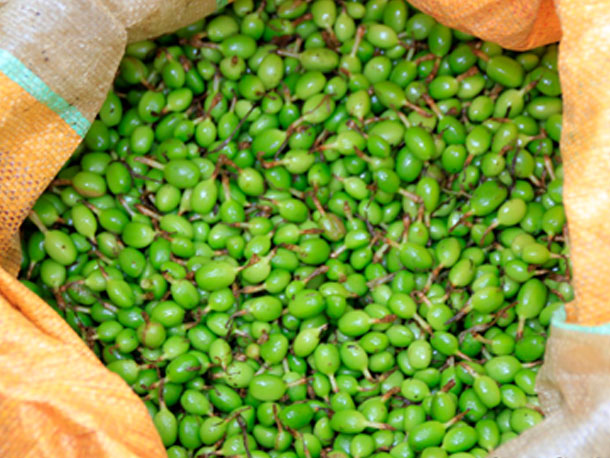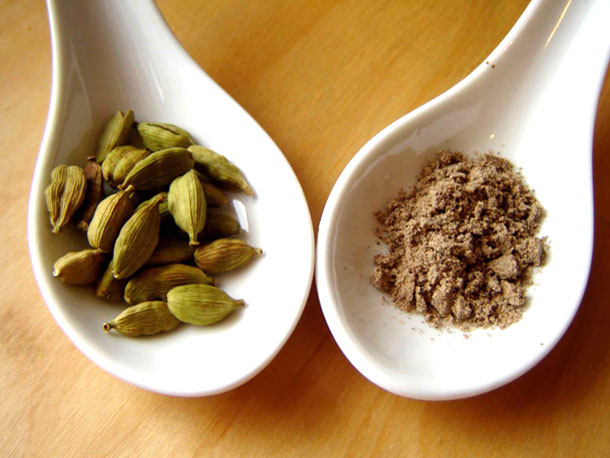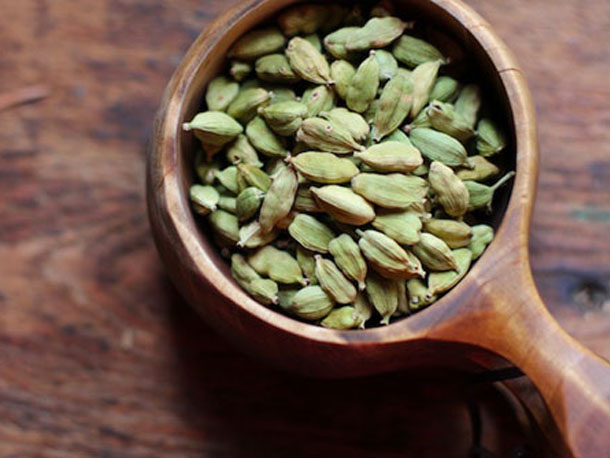Guatemalan cardamom sector faces limits to growth

Guatemala’s growth potential as a cardamom producer is constrained by a number of adverse factors, according to a recent assessment by the USDA.
In a June 26 report on the sector, the USDA noted: “Cardamom is the ‘green gold of Guatemala’ but the strong spice has several problems limiting further growth – and the taste of success. Guatemala is the largest exporter and producer, but sloppy growing practices, wildly fluctuating international prices, and pest infestations are draining the ‘joy’ out of the sector.
The USDA observed that the country’s output of the spice is around 35,000 tonnes per year and until recently has been increasing by about 4% a year.
In value terms, cardamom is the fourth largest agricultural export product of Guatemala. Most of the shipments are to the Middle East, with smaller volumes going to the EU. In 2010, Guatemalan cardamom exports reached an historic value high of USD308.1 million. On the volume side, an historic peak was reached in 2013 when 38,453 tonnes was exported, valued at USD217.5 mln, the report revealed.
The 2013 export volume was the entirety of 2012/13’s historically high harvest.
Regionally, the department of Alta Verapaz accounts for about 70% of production. “Although its consumption is low among the Guatemalan diet, cardamom is an important crop in the economy of the region. Its importance lies in the generation of foreign exchange, and as crop suitable for many smallholder (and women-led) households. For many of those smallholders, cardamom is the only cash crop,” the USDA stated.
In 1998, the Cardamom Producers Association of Guatemala (CARDEGUA), was formed. CARDEGUA’s main function is to strengthen the productive chain of cardamom through the implementation of technical assistance and research.
The USDA noted that the quality and price of the product depends on a timely harvest and proper drying. Harvesting begins five months after blooming. For example, in September and October, the second cut is done in December and January, and the last in March and April and can extend into May.
The USDA noted that output of cardamom is greatly influenced by climatic conditions.
“The cardamom plant requires a continuous rain interspersed with periods of good sunshine. Over the past two decades, the cardamom growing tracts in Guatemala have faced severe ecological degradation due to diminishing forest cover,” the report warned.
For example, the weather disturbance caused by El Niño and La Niña climate phenomenon adversely affected Guatemala’s 2010 production, causing the quality of cardamom to deteriorate. “The plant is now abnormally susceptible to attacks by pests and diseases,” the USDA stated.
Thrips threat
According to monitoring conducted CARDEGUA in 2012, the cardamom communities, it was established that a large part of the productive sector suffers from cardamom thrips, Sciothrips cardamomi, which is an exotic pest for Guatemala.
It is estimated that 30% of the harvest is directly affected by this situation. “Good agricultural practices (mainly cultural – maintaining clean soil surfaces to avoid weeds), combined with proper pruning and old plantation renewals, are required to get an effective control of the thrips,” the USDA observed.
The Cardamom Exporters Association (ADECAR) with the representation of the Guatemalan Association of Exporters (AGEXPORT) launched a campaign in alliance with CARDEGUA.
The campaign, “Rubel Cardamom Chabil Tzi Mu” (cardamom is better produced under the shade), seeks to improve the quality of cardamom and the economic conditions of the farmers involved in the production.
The campaign consisted of proving direct technical assistance to more than 2,000 producers of cardamom in the department of Alta Verapaz.
“These actions were implemented in demonstration plots, training producers on how to implement good agricultural practices and integrated crop management with special emphasis on the chemical control of the thrips pest. The national cardamom industry among its members is promoting the planting of different crops to prevent further losses due to thrips plague in cardamom and to meet the demand for these products in the international market,” the USDA explained.
Poorly paid
The report warned of low wages received by families linked to cardamom cultivation and noted that this results in an inability to invest and raise productivity. This in turn leads to social and economic issues among the farmers.
“In 2012 and 2013, an overproduction of cardamom was recorded and depressed international prices. In 2014, however, the price of cardamom in the Guatemalan domestic market has risen on the expectation of a smaller crop,” the report added.
Local producers have called for the creation of a national brand and the need to promote the consumption of cardamom in the domestic and regional market. It has also been urged that the country’s cardamom crop be declared of “national importance” – as has been the case with Guatemalan cardamom, the crop area be defined as the “cardamom corridor”, output boosted and the product be marketed more effectively. “Cardamom has the potential to become a country product by creating a market strategy to make it a country brand,” the USDA remarked.
Lack of offers
Meanwhile, Dubai-based KMG Robust observed that most Guatemalan exporters were now not offering cardamom. “Only a couple of the large players are offering, but at steep premium prices,” the company noted.
KMG Robust claimed to have some attractive offers for prompt shipment from Jebel Ali.
“The new crop 2014 offers/shipments will only begin in October, reaching most of the destination markets in December end. There is a big four to five months gap which needs to be catered to from existing stocks in warehouse or trading ports – i.e. Singapore, Dubai, Rotterdam,” the company concluded.
In India, Emperor Akbar Green Cardamoms said: “At the end of this season 2013/14 we can conclude that the total crop quantity was close to 24,000 tonnes. The domestic demand has risen to about 16,000-17,000 tonnes. This seems to have increased from 13,000-14,000 tonnes in the previous years. Steady prices during the year also helped exports this year.”





